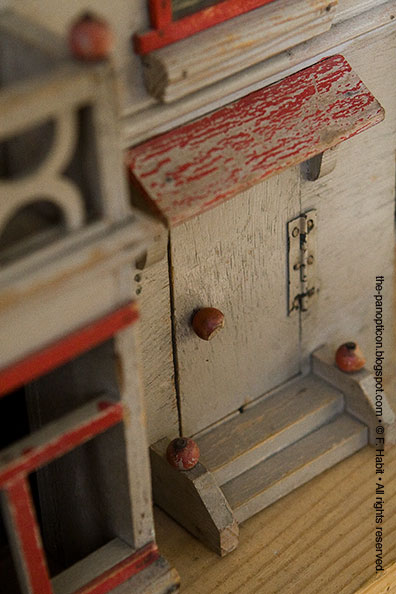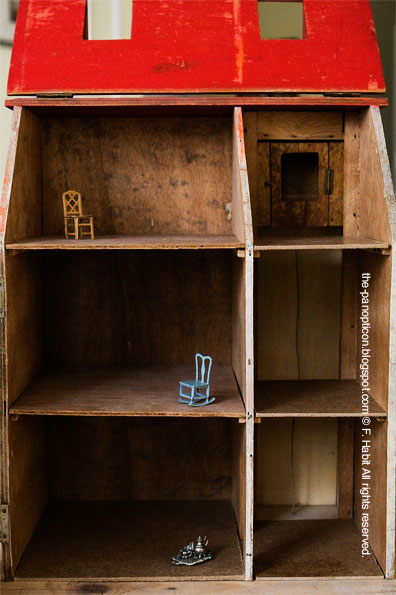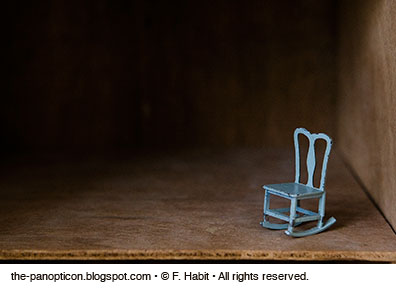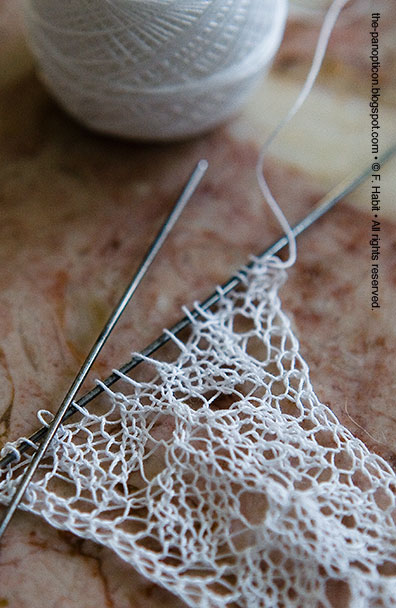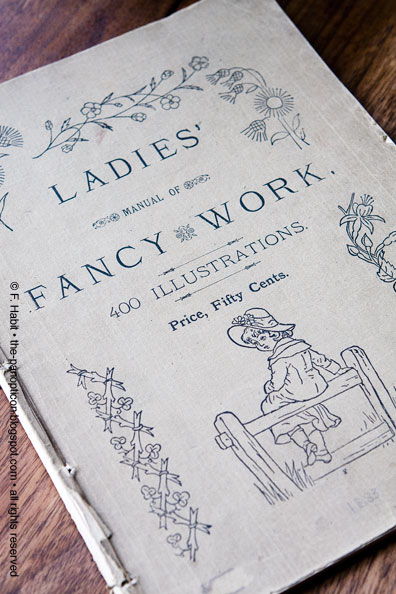
once again confirming that in many ways I am a lucky sonofabitch.
Now, I do have new piece finished. It looks something like this,

but as it's still drying the official photographs will have to wait.
Instead, do you fancy a riffle through the delicious pages of The Ladies' Manual of Fancy-Work, published in 1883 by A. L. Burt of New York, and edited by Miss Jenny June?
Jenny June sounds suspiciously like a pseudonym, doesn't it? Possibly a pseudonym for a thick-necked and paunchy cigar-smoking drapery salesman whose real name was Irv Magee?
One's suspicion only grows upon learning that Mr. Stephen Foster–who dreamt, famously, of Jeannie and her light-brown hair–also wrote a popular minstrel ballad with the refrain:
Did you see dear Jenny June
When the meadows were in tune
With the birds among the bowers
In the sweet summer time.
When the meadows were in tune
With the birds among the bowers
In the sweet summer time.
We're on to you, Irv Magee. We see you there, behind the pen, with your cigar.
Irv's taste in fancy-work, not unusually for the time, inclined steeply to the florid.

Among the curiosities are instructions for artificial macramé (which Irv calls macreme).

It's crochet.
Also, there are pages of line-drawings of whimsical Regency moppets suitable for transferring to embroidery fabric, drawn by a D-list Kate Greenaway impersonator who remains anonymous (and no wonder).
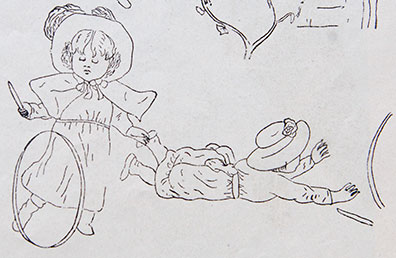
One of the vignettes has dialogue (click for a larger version), like a primordial New Yorker cartoon.

The Ladies' Manual of Fancy-Work was published in 1884. James Thurber was born in 1894. Just want to point that out.
There are advertisements, too, including several for yarn.
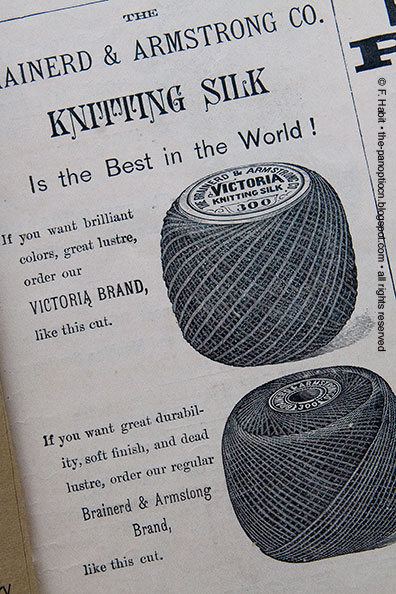
Nobody boasts anymore that their silk yarn has "dead lustre." Why not?
And since this manual of fancy-work is for ladies, there are also ads for ladies' things, like corsets.

My favorite, please don't miss it, is the "nursing" corset with the flip-top tit.
(Say that out loud a few times.
Flip-top tit.
Flip-top tit.
Flip-top tit.
You said it, didn't you? Out loud?
Are you at work?
I hope nobody heard you.)
Finally, the articles. Good stuff. Chinese embroidery, the history of the cashmere shawl, etcetera.
Here's one of them, in full.
Boys who Learned Needle-work
When the late Admiral –– was a young midshipman, he was sent
on a voyage round the world in one of King George the Third’s ships. He was
three years away, and, as he grew very fast, he found himself sailing in the
Pacific Ocean with hardly a stitch of clothes to his back. His mother, sister
of Admiral Lord ––, had taught her little boy to sew, so he got some canvas out
of the ship’s stores, and cut out and made himself a new suit of clothes. His
mother was very proud of these, and, when her son was an admiral, she used to
show them to her grandchildren, and tell them the story.
Rather more than thirty years ago, a lady went to call on
another one rainy afternoon; the house was built on a an island in a lake in
Ireland. In the drawing-room were two little boys sitting on footstools, one on
each side of the fireplace. Probably, the visitor looked astonished, for the
mother of the little boys said in a low tone, “Please don’t laugh at them; what
should I do with them on this island on a rainy day if they were too proud to
sew?” One of these boys was a lieutenant in the Crimean War; he fought none the
worse because he knew how to use the needle as well as the sword, when he with
his men was for eighteen hours in the Redan on the memorable 18th of June.
The chaplain of an Irish institution had seen when he was
young the straits to which the French artistocratic refugees were reduced, from
having to learn how to do things for themselves; and he got a tailor to come to
his house and teach his boys how to cut out and make and mend their own
clothes. One of the boys is now an old general, but he sews on his own buttons
to this very day; and when he was on service in one of the small British
stations in Asia, he not only mended and patched his own clothes, but those of
his brother officers; all the men of his regiment knitted their own socks.
Thanks for sticking up for the boys, Irv! Have another cigar!


